
Hobart Town
The first white settlement was by the British at Risdon Cove on the eastern bank of the Derwent estuary in 1803 and was established by a small party sent from Sydney under Lt. John Bowen. An alternative settlement was also established by Capt. David Collins in 1804, 5 km to the south of Sullivans Cove on the western side of the Derwent, where fresh water was more plentiful. The latter settlement became known as Hobart Town, later shortened to Hobart, after the British Colonial Secretary of the time, Lord Hobart. The settlement at Risdon was later abandoned.The early settlers were mostly convicts and their military guards, with the task of developing agriculture and other industries. Numerous other convict settlements were made in Van Diemen's Land, including secondary prisons such as the particularly harsh penal colonies at Port Arthur in the south-east and Macquarie Harbour on the west coast. The Aboriginal resistance to this invasion was so strong that troops were deployed across much of Tasmania to drive the Aborigines into captivity on nearby islands.
 Richmond is approximately 25 km north-east of Hobart, in the Coal River region,
between the Midland Highway and Tasman Highway.
Richmond is approximately 25 km north-east of Hobart, in the Coal River region,
between the Midland Highway and Tasman Highway.

Richmond’s most famous landmark is the Richmond Bridge, built by convicts between 1823 and 1825, around the time of the town’s first settlement. It is Australia’s oldest bridge still in use.
St John’s Catholic Church was built in 1836 and is considered the oldest Roman Catholic Church in Australia. The land for St Johns Catholic Church was donated from Woodburn Farm in the 1830s by the farm owner, Mr. John Cassidy, and the farm land still adjoins the graveyard of St Johns Church. Many early convicts who were buried without headstones are still on part of Woodburn Farm. The town was initially part of the route between Hobart and Port Arthur until the Sorell Causeway was constructed in 1872. Present-day Richmond is best known for being preserved as it was at that time. It is a vibrant tourist town, with many of the sandstone structures still standing.
Woodburn Farm is one of Tasmania’s most historical farms. Granted to Gilbert Robertson, the Chief Constable of the Coal River area in the 1820s.

 Woodburn Farm's original house burned down in the 1920s and the old Woodburn barn built with convict worked sand stone was used
for target practice during World War II and is no longer standing. Much of the convict sandstone was left lying around the farm for many years
until it was realized that worked convict sandstone was valuable and it was all collected up and sold.
Woodburn Farm's original house burned down in the 1920s and the old Woodburn barn built with convict worked sand stone was used
for target practice during World War II and is no longer standing. Much of the convict sandstone was left lying around the farm for many years
until it was realized that worked convict sandstone was valuable and it was all collected up and sold.
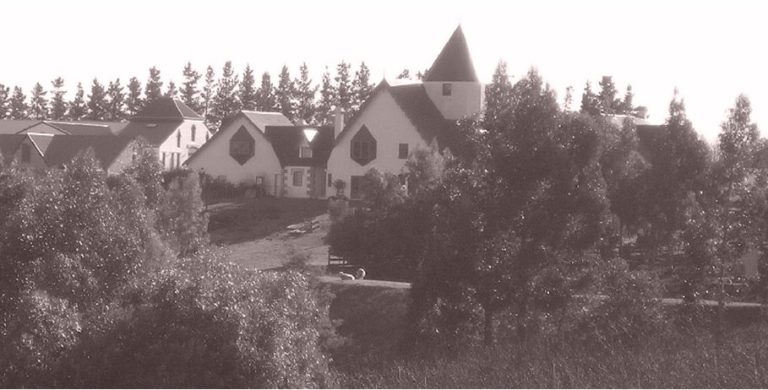
Hatcher family
The Hatcher family on the maternal side—Anthony Rope and Elizabeth Pulley—arrived into Australia on the first fleet. Elizabeth Pulley had been charged with stealing wearing apparel in July 1779, when she was 16 years of age. Her future husband, Anthony Rope, was charged with burglary by breaking and entering in March 1785. He was found guilty of stealing goods to the value of 35 shillings and sentenced to transportation for 7 years. A son, Robert, was born on October 30 and is said to be the first white child conceived and born in Australia.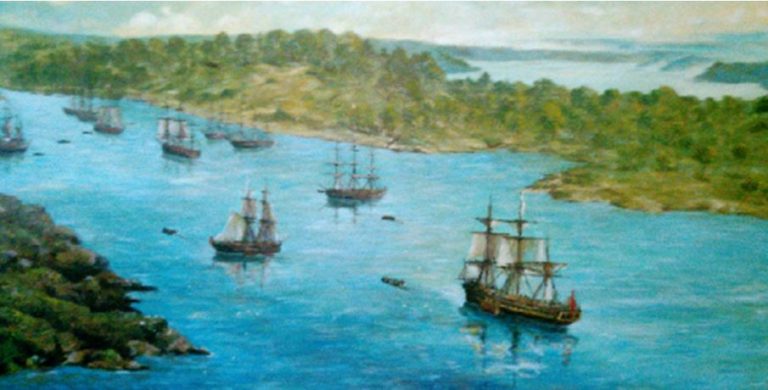 Painting of the first fleet arriving in Sydney in 1788, where had Elizabeth Pulley and Anthony Rope arrived on separate convict ships;
they were married after arrival, and the well-known Sydney suburb “Ropes Crossing” was named after them.
Painting of the first fleet arriving in Sydney in 1788, where had Elizabeth Pulley and Anthony Rope arrived on separate convict ships;
they were married after arrival, and the well-known Sydney suburb “Ropes Crossing” was named after them.Another early foremother of the Hatchers was Charlotte Dixon. She was born in 1840, and married in 1851—yes, she was 11 years old at marriage—not unheard of in Aboriginal culture at that time. The minister who married her to William Rushby was none other than James Gunther, the well known Minister, and Missionary to Aboriginals. Charlotte was descended from the warring tribes around Sydney and was one of the stolen generation, where half-cast children were taken from their mothers to be exposed to white culture. A lot of the aboriginal records were destroyed, so we only have word of mouth about Charlotte; however, we have been told that Charlotte’s grandfather was involved in the wars against the British. The Darug people are a group of indigenous people of Aboriginal Australia that were united by a common language, strong ties of kinship and survived as skilled hunter–fisher–gatherers in family groups or clans scattered throughout much of what is modern-day Sydney.
Battle of Parramatta.
In March 1797, Pemulwuy led a group of aboriginal warriors, estimated to be at least 100 in an attack on a government farm at Toongabbie. At dawn the next day government troops and settlers followed them to Parramatta. When confronted, Pemulwuy threw a spear at a soldier prompting the government troops and settlers to open fire. Pemulwuy was the first to be shot and wounded. The aboriginal warriors threw many spears, hitting one man in the arm. The difference in firepower was evident and five aboriginal warriors were killed instantly. This incident has more recently become known as the Battle of Parramatta
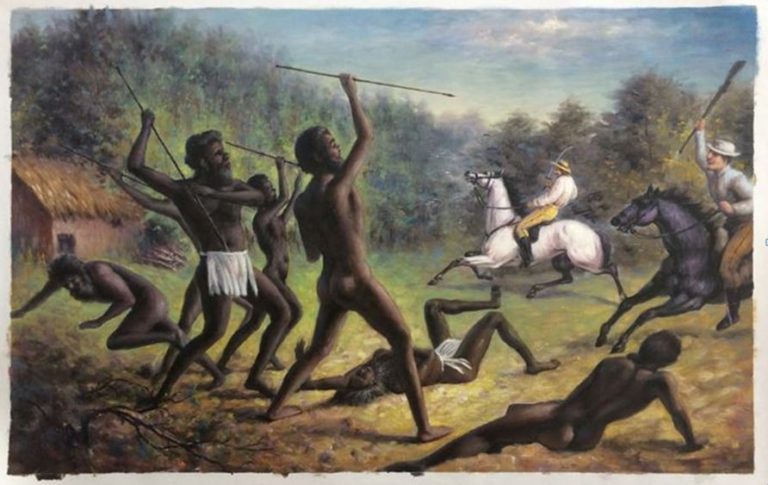 The Highland Clearances Isle of Skye
The Highland Clearances Isle of Skye
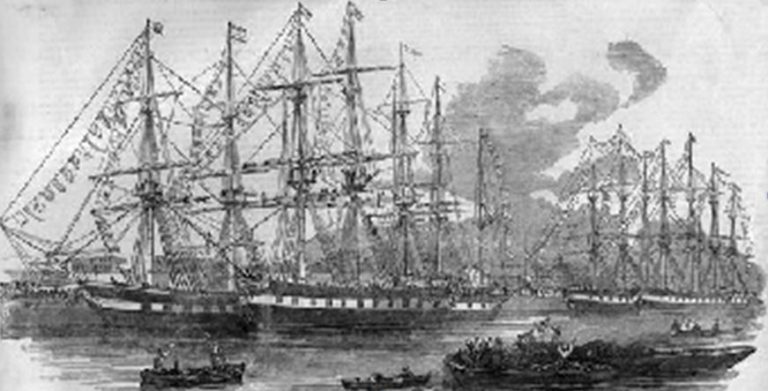 The Ship Midloathian
The Ship MidloathianScottish Clearances in the 1830s
The Clearances are particularly notorious as a result of the brutality by the wealthy landowners, as many evictions were at short notice. On August 8, 1837. The Midlothian, a barque (a three masted ship) of 414 tons, under Captain Morrison, left the small port of Uig in Loch Snizort, Skye. Hector and Anne McDonald arrived in Sydney in 1837, and very sadly our Great-Great-Great-Grandmother Annie McDonald died as the ship Midloathian was pulling into Sydney harbour, and their six children had to be put in the Parramatta Orphanage which still stands today.
 Painting of Parramatta Orphanage
Painting of Parramatta OrphanageOur great-great-grandmother Isabella McDonald and her siblings had to stay in the orphanage for a number of years before being reunited with their father, Hector McDonald in Patterson, NSW. Isabella Married an Irish Immigrant, Usher Tinkler and the Tinklers are well known in the wine industry in Australia today.
 Melbourne at Settlement
Melbourne at SettlementOther great-great-grandparents, John and Sarah Davidson, arrived on the Ship Glen Huntly in the 1830s and the ship had to be quarantined because of sickness on board. Where they moored the ship, the Melbourne suburb of Glen Huntly, was named after that incident.
In 1838, the ship David Clarke, carrying Scottish free settlers, arrived with our other great-grandparents, Alexander and Isobelle Luckie. It was the first ship to arrive directly from England into Melbourne.
 Alexander Luckie went on to be the first to find gold in Alexandria, Victoria. Three men, all with the Christian name Alexander or Alex,
found the gold that caused a gold rush to Alexandria.
Alexander Luckie went on to be the first to find gold in Alexandria, Victoria. Three men, all with the Christian name Alexander or Alex,
found the gold that caused a gold rush to Alexandria.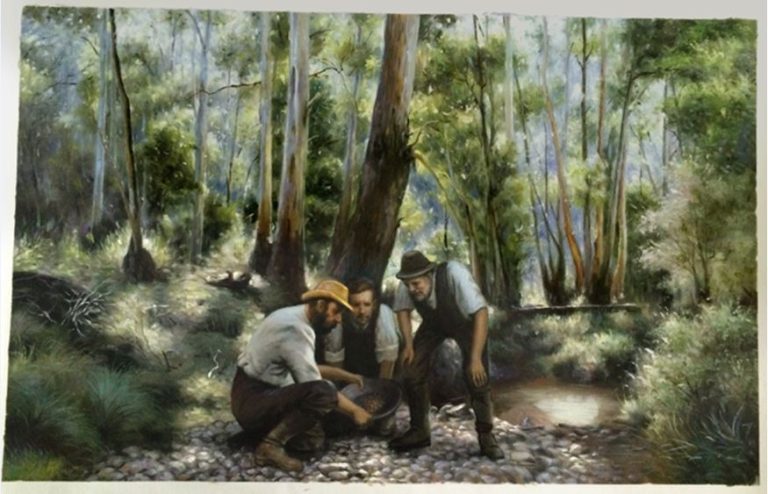 Painting of the 3 Alexanders finding gold in the town of Alexandria, Victoria
Painting of the 3 Alexanders finding gold in the town of Alexandria, Victoria(Extract from Wickipedia) The town of Alexandria was settled in the late 1860s, with a Post Office opening on March 15, 1867. The town was originally known as Redgate, or Red Gate Diggings. The current name either derives from Alexandra of Denmark, when the shire was given a statue of her, or from three men named Alexander (Alesander, McGregor, Alexander Don, and Alexander Luckie) who discovered gold in the area in 1866.
The Hatcher family has a rich Australian heritage going back to early settlements in Sydney, Hobart, and Melbourne.




